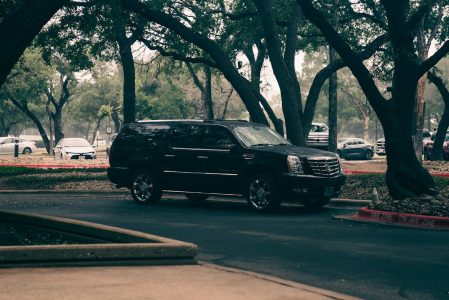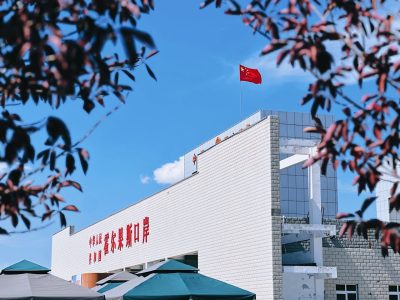Downtown LA Real Estate Movement
Oaktree’s move represents part of a larger pattern of corporate relocations within downtown Los Angeles. The financial district has experienced both departures and arrivals in recent years, with companies making strategic decisions about their physical footprints.
The short-distance relocation—just blocks from the firm’s existing headquarters—suggests Oaktree may be seeking updated facilities or more favorable lease terms while maintaining its established presence in the financial district. This type of “micro-move” has become increasingly common as businesses look to optimize their real estate portfolios without disrupting operations or employee commutes.
Impact on Downtown Business Landscape
Oaktree Capital Management, founded in 1995, has grown into one of the largest alternative investment management firms globally. With approximately $170 billion in assets under management, the firm’s commitment to downtown Los Angeles carries significant weight for the local business ecosystem.
Commercial real estate experts note several potential motivations behind the move:
- Modernized office space with updated amenities
- More efficient floor plans to accommodate hybrid work models
- Potential cost savings through new lease negotiations
- Enhanced sustainability features in newer buildings
When major financial institutions like Oaktree make decisions to stay and invest in downtown, it reinforces the area’s position as a financial center,” said a local real estate analyst familiar with downtown market trends. “These moves often trigger building improvements and can influence other companies’ location decisions.”
Broader Context of Corporate Relocations
The financial services industry has seen significant shifts in office strategy since 2020. While some firms have embraced remote work and downsized their physical footprints, others have maintained traditional office-centric approaches. Oaktree’s decision to relocate nearby rather than dramatically reduce space or leave downtown entirely suggests a balanced approach.
Downtown Los Angeles has faced challenges in recent years, including office vacancy rates that reached nearly 20% in some quarters. However, premium buildings with modern amenities have generally fared better at retaining and attracting tenants.
The specific building Oaktree has selected for its new headquarters has not been disclosed in detail. Still, the proximity to its current location indicates the firm values its established position within the downtown business community.
For employees, the minimal distance change likely means limited disruption to commuting patterns and daily routines, while potentially offering improved workplace facilities and amenities. The move also allows Oaktree to maintain its business relationships and connections within the downtown ecosystem.
As downtown Los Angeles continues its post-pandemic recovery, the retention of major financial firms like Oaktree remains crucial for the area’s economic vitality and the stability of its commercial real estate market. The company’s decision may influence other firms considering their future in the downtown area.
















